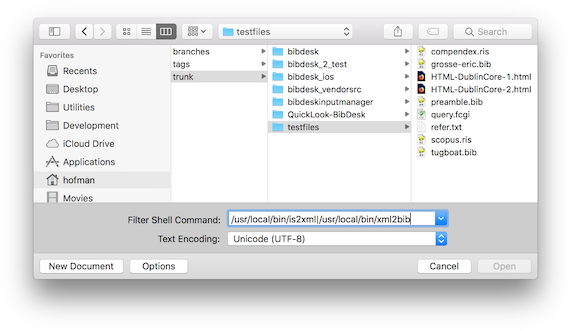

With these perspectives on learning, the purpose of this study is to suggest how to design learning environments at medical schools after the COVID-19 situation based on the theoretical backgrounds and experiences from the past. It goes beyond simply memorizing and utilizing a large amount of knowledge, and developing creative problem-solving skills and convergence thinking skills are becoming more important.

From the contemporary perspective on learning, building a digital learning environment where knowledge and information can be explored and acquired anytime and anywhere, and creating and utilizing integrated knowledge for real-world problem-solving are becoming normal. The efforts for developing a better learning environment not only for online learning conditions but also for traditional learning situations based on the theoretical background to prepare after the COVID-19 or another pandemic situation are needed more at this point. However, little attention has been given to research on the effectiveness of online learning and its future directions for learning environment design. Numerous research on online learning in terms of the media used in online classes, the type of classes, and preferred online class methods to identify current experiences were also followed immediately after the change. Distance learning was used not because it can be an effective way of learning activities but because it was urgent. There was no preparation for online learning, no discussion of the effectiveness of learning, and/or no agreement between professors and students. The problem is that this remote learning was abruptly adapted as an alternative way of classroom instruction. Clinical clerkships and other clinical practices were postponed or suspended. Most curricula were delivered to students through pre-recorded lectures or real-time online classrooms with video conferencing tools.

Medical schools were the same as other schools. Most schools, including universities and colleges, were forced to change the way of teaching and learning, and educators and learners had to adjust their mode of teaching and learning to the recent phenomenon. However, the need for an online learning method has grown enormously through the COVID-19 pandemic situation. Although this kind of distance learning was already prepared theoretically through various research, it was difficult to use practically in the field except for online-only classes. With the limitation of physical interactions, most schools temporarily closed their doors, and online learning has become the main means of teaching and learning.

Introduction Coronavirus disease 2019 (COVID-19) has extremely impacted current education systems all around the world, in particular, the method we teach and the way we learn.


 0 kommentar(er)
0 kommentar(er)
